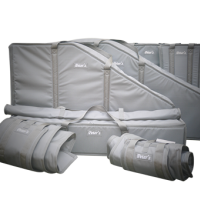Exceptional Closure for Easter
On Friday, April 18th, our workshops will be closed for the Easter weekend. We’re putting down the rivet guns and picking up some chocolate instead.
Back in action on Tuesday, shell-free but all smiles!
Thanks for your understanding.
Close
Marimbas
The marimba is a percussion instrument whom history is closely linked to the history of the African xylophone. They spread in South America during colonial era.
Marimbas: keyboard percussion & idiophones
Keyboard percussions cover a large spectrum of the percussion instruments of which we are specialised in :
- Marimbas,
- Xylophones,
- Vibraphones,
- Tubular bells,
- Glockenspiels,
- Celestas.
This instrumentarium is the product of the meeting between international instrumental bills and multicultural artistic sensibilities. It is today, available in the whole world.
To respect this heritage, we propose a great panel of renowned international brands that are part of the classic orchestra percussion desk.
The marimba is a percussion instrument whom history is closely linked to the history of the African xylophone (1st trace : Mali, 13th Century).
They spread in South America during colonial era.
The xylophones imported by the african slaves got developed in the latina culture to become the ancestors of our marimbas. It's in 1910 that the americans Deagan & Leedy change the latino-american marimba to adapt it to the necessities of the symphonic orchestras from North America and Europe.
The marimba finds its notoriety in the orchestra in 1947 thanks to Darius MILLAUD and his Concerto for marimba and vibraphone.
The use of the marimba intensifies and generalises during the second half of the 20th century.
The marimba is composed of:
- A keyboard:
the keyboard of a marimba is composed of multiple bars placed on two "levels".
The interval between 2 bars is the tone or the semitone. The alterned bars (black keys for a piano), are located on a different plan than the one with the natural bars (white keys on a piano).
They're conceived with wood (like Padouk African wood, Honduras Rosewood) or with a composit subsitute.

The lenght of bars decreases according with the pitch (highness) of the note. Higher the note is, shorter the bars is. The range of the marimba expends generally to 4 or 5 octaves (C3 to C7, Anglo Saxon writing). Some brands propose marimbas for study with 3 octaves. - Resonators:
They're placed under the bars, in vertical position. They're metallic tubes that amplifies the sound of the bars. They can be of different shape and lenght according to brands and models. - The frame:
It is a frame that allows the maintening of the keyboard and of the resonators. Its structure can be made out of wood or metal. It can be adjustable in height or fixed.
There is different techniques to hold the sticks. The three most spread methods in the world are :
- The traditional crossed grip or "Cross"
- The Burton method (created by the vibraphonist Gary Burton)
- - The Stevens method (from the marimbist Leigh Howard Stevens, also known as "Musser-Stevens grip")
We also offer transport bags/cases and flight cases to protect your instruments during storage or when traveling.
Do not hesitate to contact us for any additional information or request for a quote!
Back to menu
Keyboards



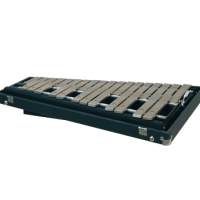
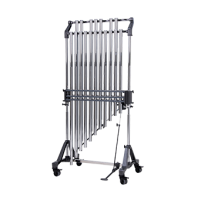
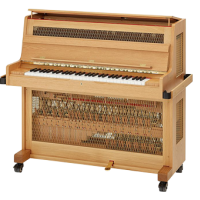
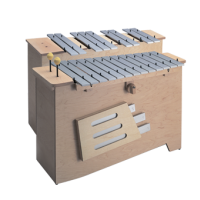

Timpanies





Skin Percussion Instruments










Wood






Metal Percussion Instruments
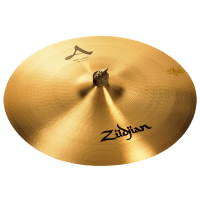









Effects instruments


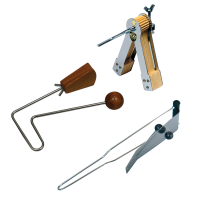



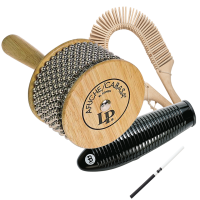
Mallets & Drumstick cases
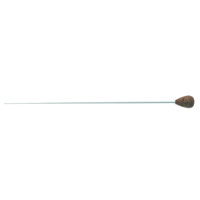
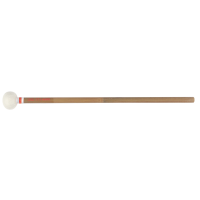



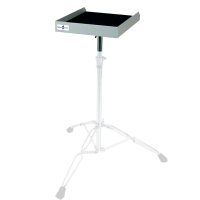
Stands & accessories






Flight cases & Hardcases for Instruments






Good deals
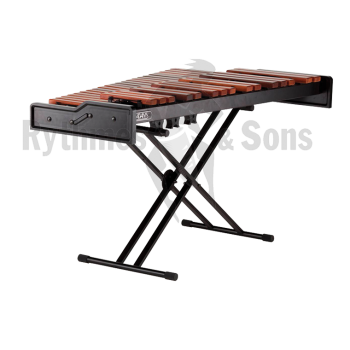
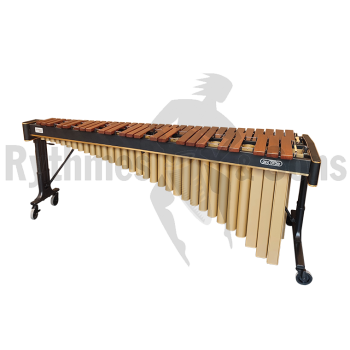
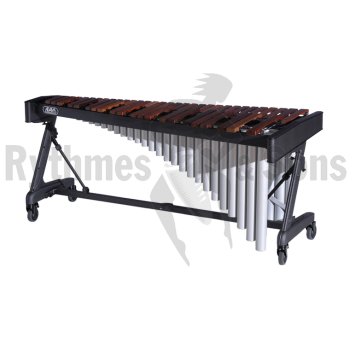


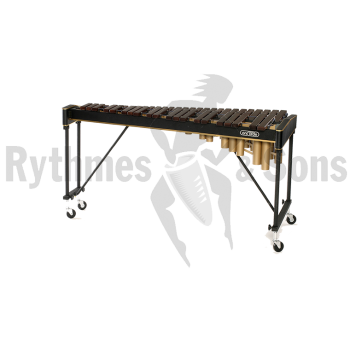

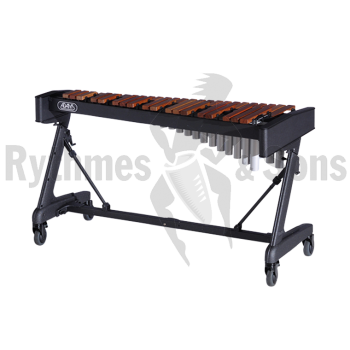
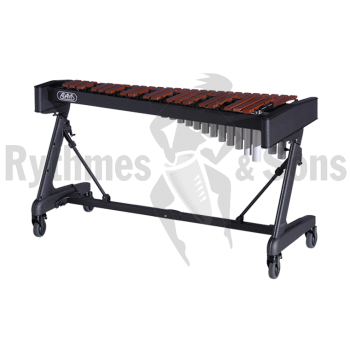

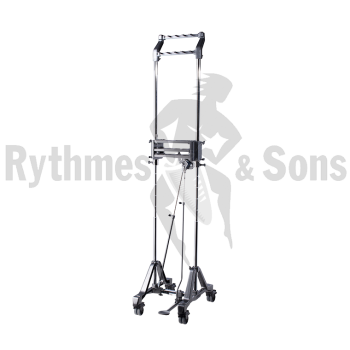

Marimbas




Xylophones




Vibraphones




OPEN-U®


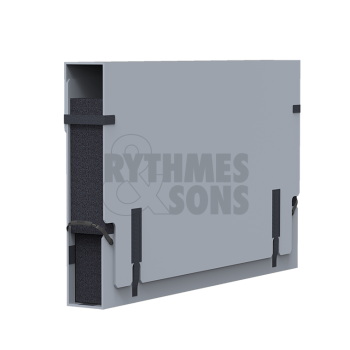
ADAMS



BALTER MALLETS



BERGERAULT


BLACK SWAMP



CADESON



CAPELLE



CHALKLIN



CONCORDE



EVANS


ISTANBUL AGOP



GROVER



JG PERCUSSION



KANGABA



KONIG & MEYER (K&M)

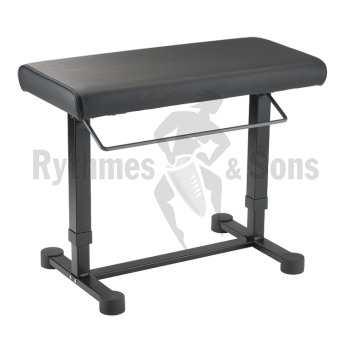

LP



LUDWIG



MAJESTIC



MALLETECH



MARIMBA ONE



MEINL



MUSSER



OPENROAD®
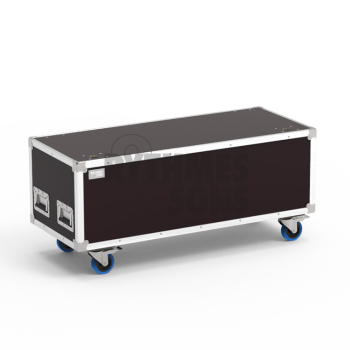



PAISTE



PREMIER



REMO



RYTHMES & SONS



RYTHMES & SONS (flight-cases)
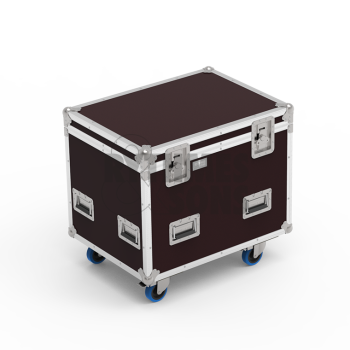

800x600xH800
+drawers+shelves removable

SABIAN



SCHIEDMAYER



SCHLAGWERK



STUDIO 49



VIBRAWELL



VIC FIRTH



Back to menu



